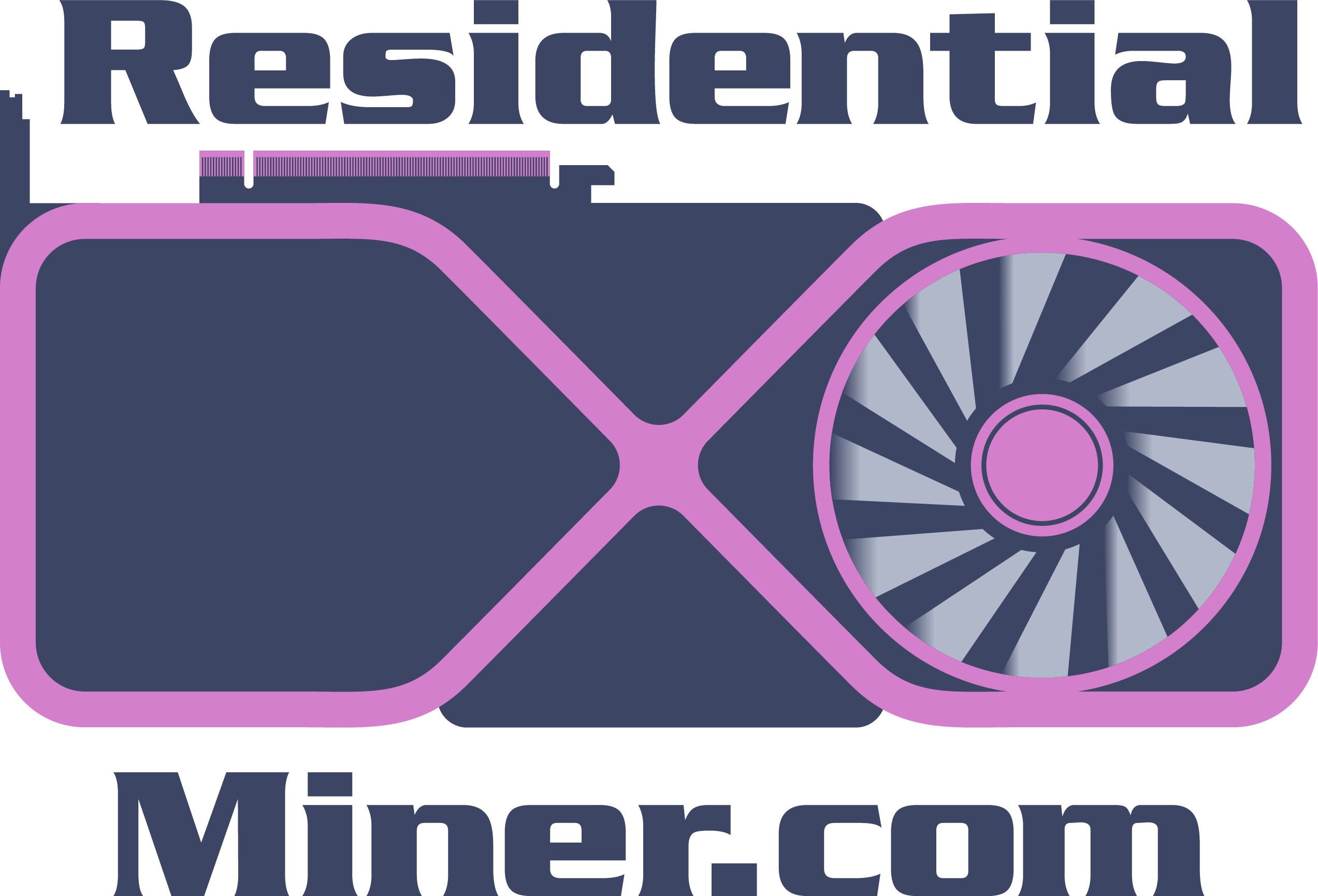
Ethereum Classic Price
How To Mine Ethereum Classic: A Beginner's Guide
Ethereum Classic is a cryptocurrency that runs on a decentralized network of computers called the blockchain. It is a fork of the original Ethereum blockchain, which means it shares the same history and codebase until a certain point, when they diverged due to a controversial decision.
What is Ethereum Classic and where did it come from?
Ethereum Classic was born in 2016 after a major hack that affected The DAO, a smart contract that raised funds for projects built on the Ethereum platform. The DAO was attacked by an anonymous hacker who exploited a vulnerability and drained millions of dollars worth of ether, the native currency of Ethereum.
The Ethereum community was divided on how to deal with the hack. Some wanted to reverse the hack by altering the blockchain history and restoring the stolen funds. Others wanted to preserve the original blockchain and its immutable principle, meaning that transactions cannot be changed or erased once they are recorded.
The majority voted for the first option, which resulted in a hard fork, or a split in the blockchain. The new branch became known as Ethereum, while the old branch continued as Ethereum Classic. Since then, both networks have developed independently and have different features and goals.
What makes Ethereum Classic different from Ethereum?
Ethereum Classic and Ethereum are both smart contract platforms that allow developers to create decentralized applications (dApps) that run on the blockchain. They both use the same programming language, Solidity, and the same consensus mechanism, Proof-of-Work (PoW), which means that miners use their computing power to secure the network and validate transactions.
However, there are some key differences between them:
- Ethereum Classic has a fixed supply of 210 million ETC, while Ethereum has no hard cap on its supply of ETH.
- Ethereum Classic maintains the original ETHash algorithm, while Ethereum plans to switch to a new algorithm called ETH2 that will use Proof-of-Stake (PoS), which means that validators will stake their coins to secure the network and earn rewards.
- Ethereum Classic follows a philosophy of immutability and code is law, while Ethereum is more flexible and open to innovation and upgrades.
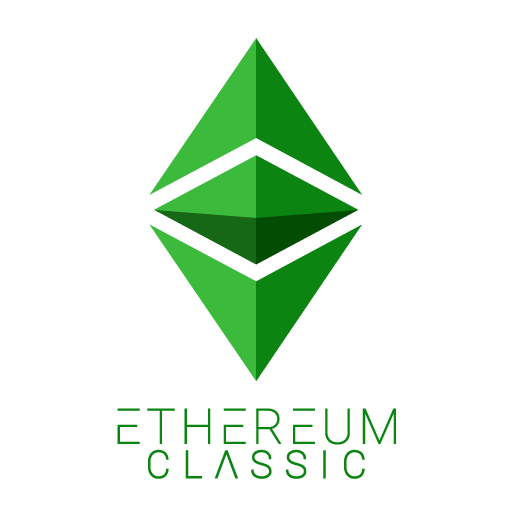
Required Tools:
Required Materials:
How To Mine Ethereum Classic: A Beginner's Guide
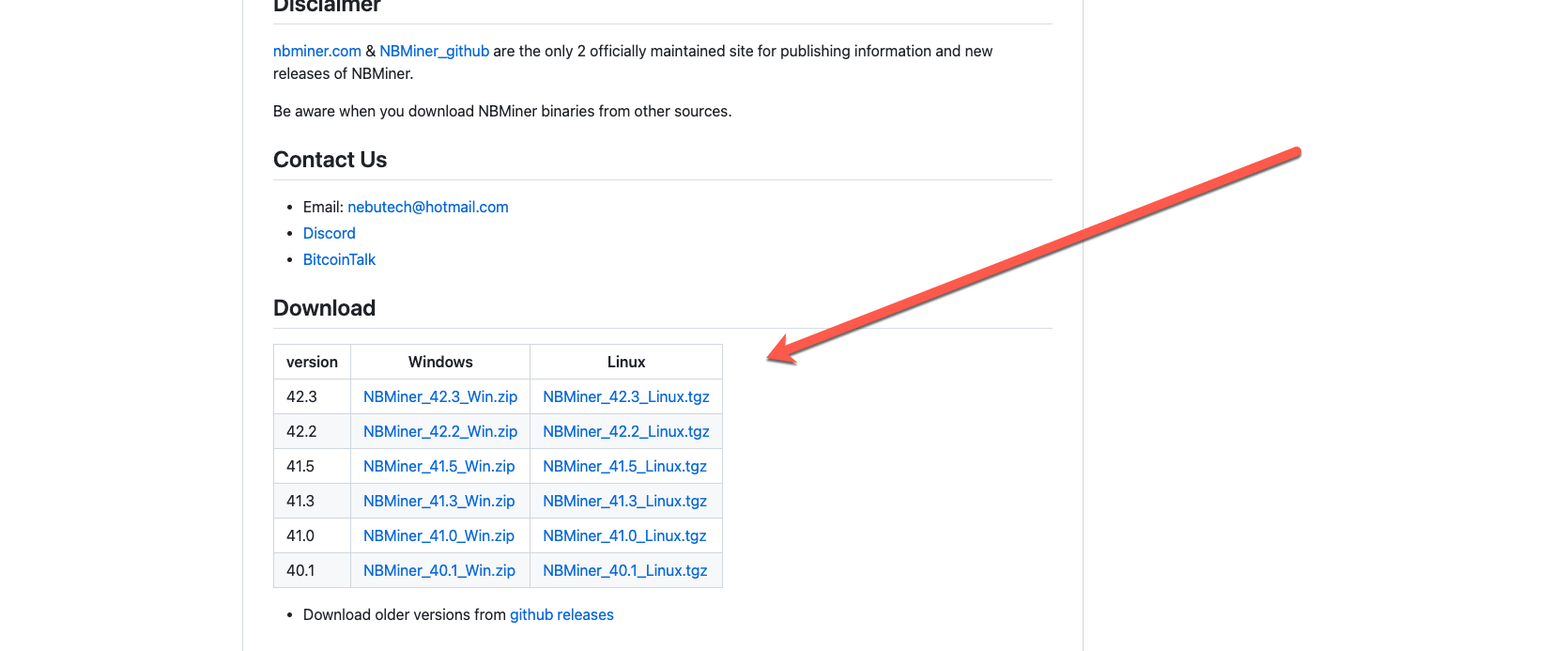
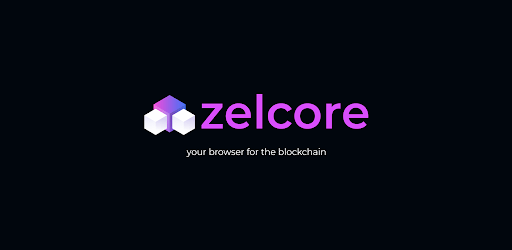
lolMiner.exe --algo ETCHASH --pool etc.2miners.com:1010 --user YOUR_WALLET_ADDRESS.WORKER_NAME --tls on --ethstratum ETHPROXY pause
Make sure you replace YOUR_WALLET_ADDRESS with your own ethereum classic address and WORKER_NAME with a name of your choice.
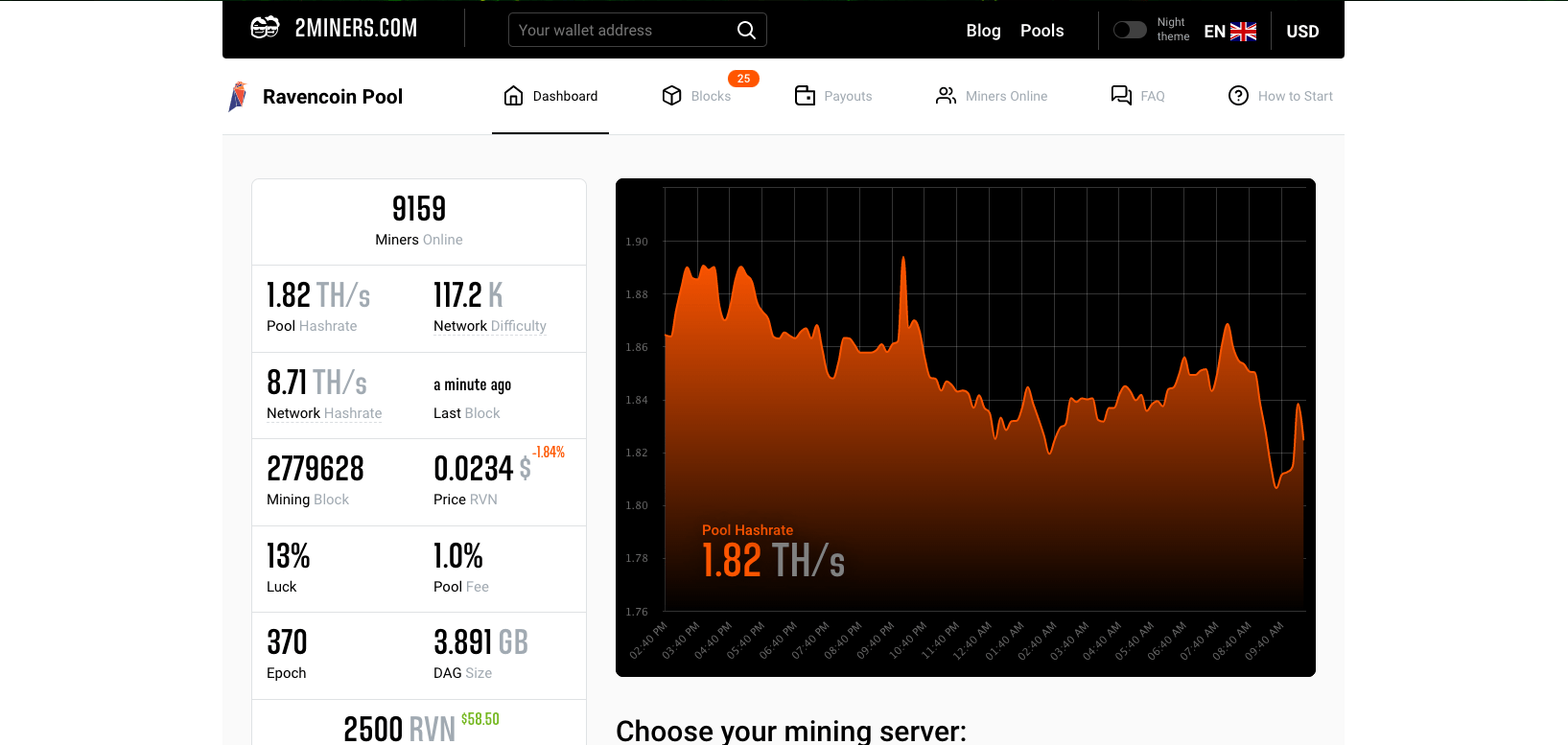
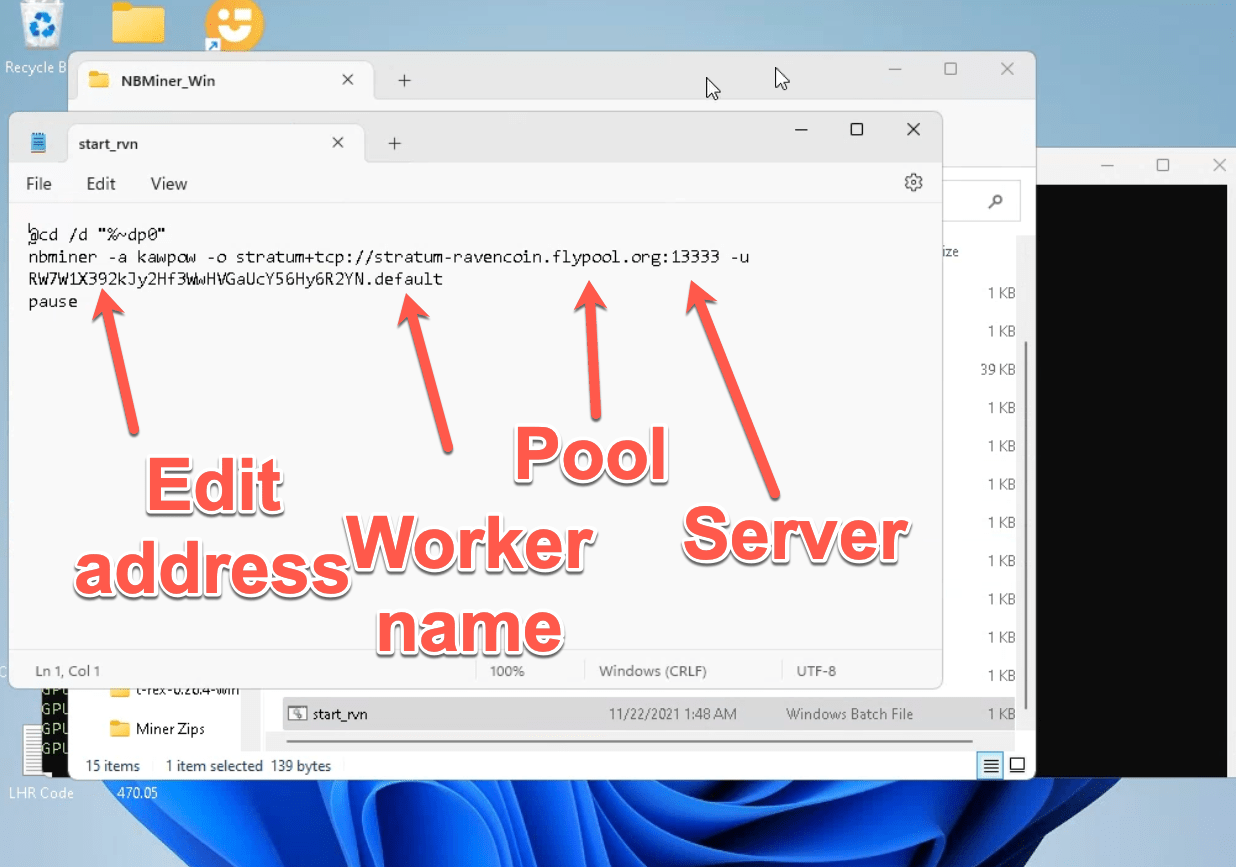
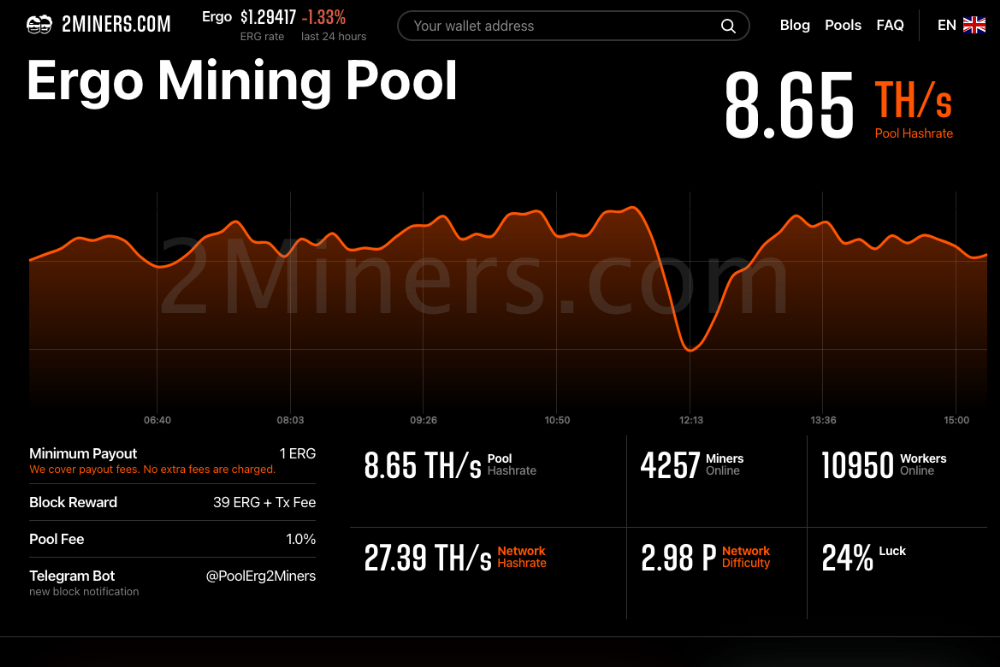
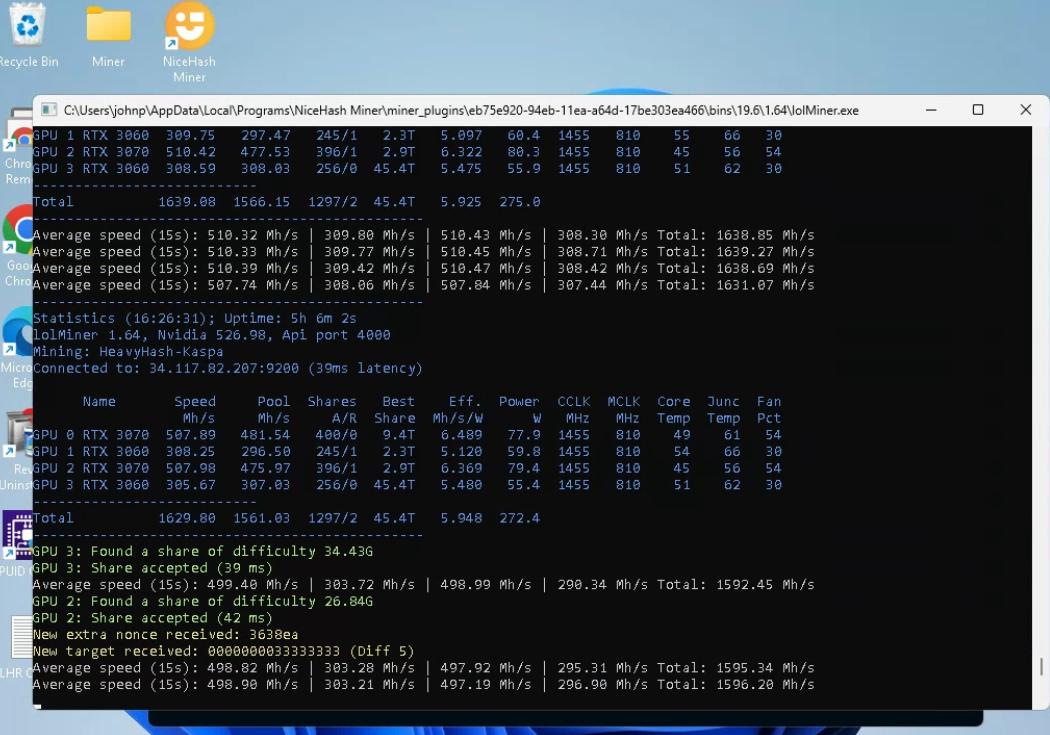
Advanced Tips & Tricks For Ethereum Classic Mining
Ethereum Classic mining can be a rewarding and profitable activity, but it also requires some knowledge and skills to optimize your performance and avoid common mistakes. Here are some tips and tricks that can help you mine ETC more efficiently and effectively:
- Choose the right hardware for your budget and goals. Depending on your available resources and electricity costs, you may want to invest in a powerful GPU or an ASIC miner that can deliver higher hash rates and lower power consumption. You can compare different hardware options on websites like whattomine or asicminervalue.
- Keep your hardware cool and stable. Mining generates a lot of heat and stress on your hardware, which can affect its performance and lifespan. You should monitor the temperature, fan speed, and voltage of your hardware and adjust them accordingly. You can use software tools like MSI Afterburner or HWiNFO to do that. You should also ensure proper ventilation and cooling for your mining rig, such as using fans, air conditioners, or water cooling systems.
- Update your drivers and software regularly. Mining software and drivers are constantly being updated to improve compatibility, stability, and efficiency. You should always check for the latest versions of your mining software and drivers and install them as soon as possible. You can find the download links and instructions for each software on their websites or on the pool website.
- Choose a reliable and profitable mining pool. Mining pools are groups of miners who share their computing power and split the rewards. Joining a pool increases your chances of finding a block and reduces the variance of your income. However, not all pools are equal in terms of fees, payouts, security, and support. You should do some research and compare different pools before joining one.
- Optimize your mining settings and parameters. Mining software allows you to tweak various settings and parameters affecting your mining performance and profitability. For example, you can adjust the intensity, overclocking, undervolting, memory timing, fan speed, etc. However, you should be careful not to overdo it or damage your hardware. You should always test your settings before applying them and monitor their impact on your hash rate, power consumption, temperature, etc.
- Keep track of your mining statistics and earnings. Mining pools usually provide a dashboard to check your hash rate, balance, payouts, shares, etc. You should regularly check your statistics and earnings to ensure everything is working properly, and you are getting paid correctly. You can also use online calculators or spreadsheets to estimate your profits and expenses based on your hash rate, power consumption, electricity costs, pool fees, etc.
How To Mine Ethereum Classic Videos
Playlist
In this video, you’ll learn how to mine Flux on any computer using the easy method. Follow along as we provide a step-by-step guide for mining Flux on your PC, laptop, or GPU. We’ll cover everything you need to know, including the required tools, materials, and necessary steps to get started. With our easy-to-follow instructions, you’ll be up and mining Flux in no time. So sit back, relax, and let’s start mining!
In this video by Sonofatech, you’ll learn how to mine Flux on both Windows 11 and HiveOS operating systems. With step-by-step instructions and detailed explanations, Son of a tech takes you through the required tools, materials, and necessary steps to get started with Flux mining. Whether you’re a beginner or an experienced miner, this video is perfect for anyone looking to mine Flux on their PC or rig. So sit back, relax, and let Son of a tech show you how to mine Flux like a pro!
In this Ultimate FLUX OVERCLOCKS Mining Guide by Redfox Crypto, you’ll learn everything you need to know about maximizing your Flux mining performance. With tests on all 30 series GPUs, Redfox Crypto shares their findings on the best overclock settings for each GPU model. From adjusting your GPU memory clock to finding the optimal power limit, this guide provides in-depth explanations and step-by-step instructions to help you achieve the best Flux mining results. Whether you’re a seasoned miner or a beginner, this guide is an essential resource for anyone looking to optimize their Flux mining setup. So sit back, grab a cup of coffee, and let Redfox Crypto take your Flux mining to the next level!
